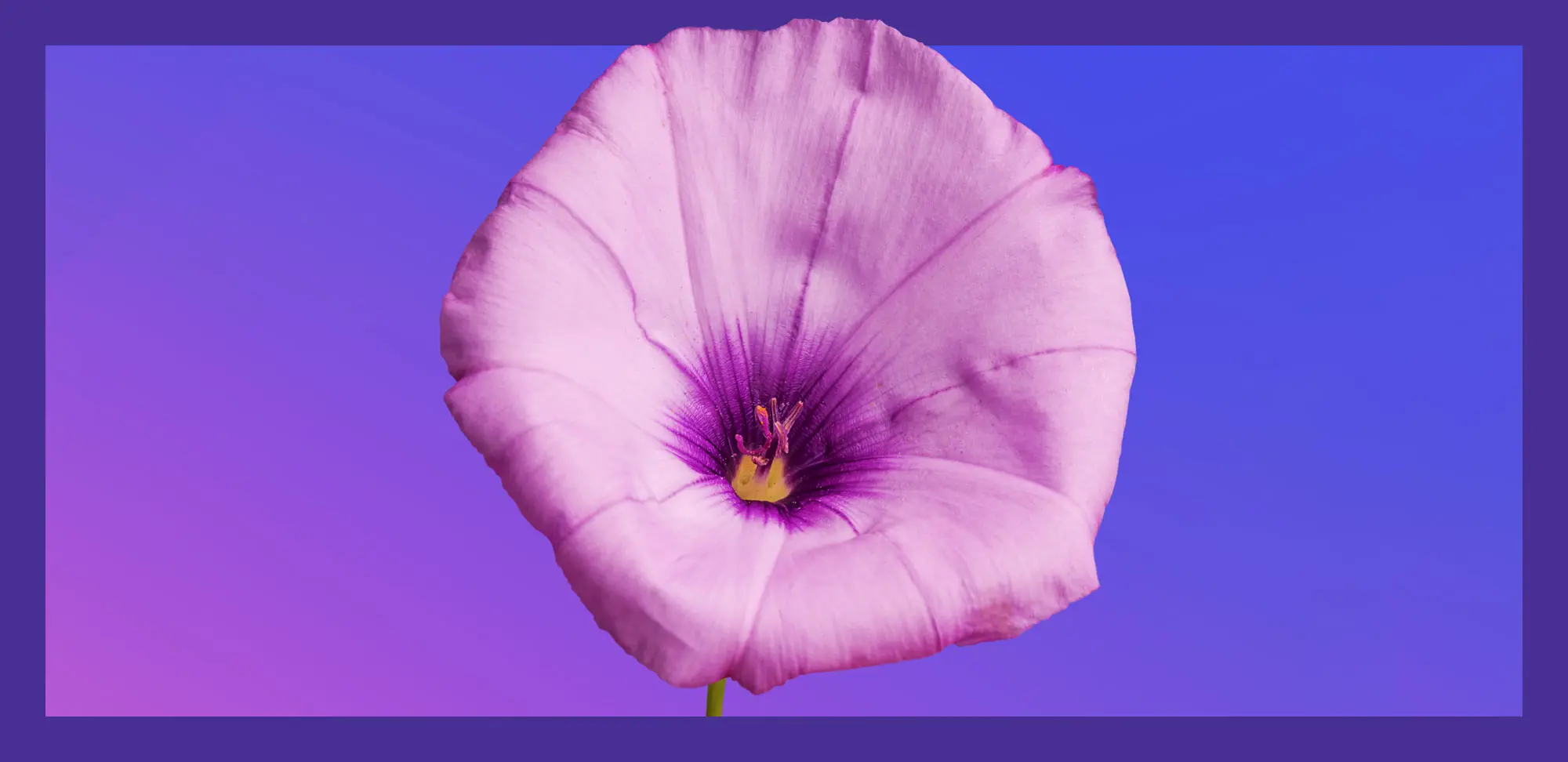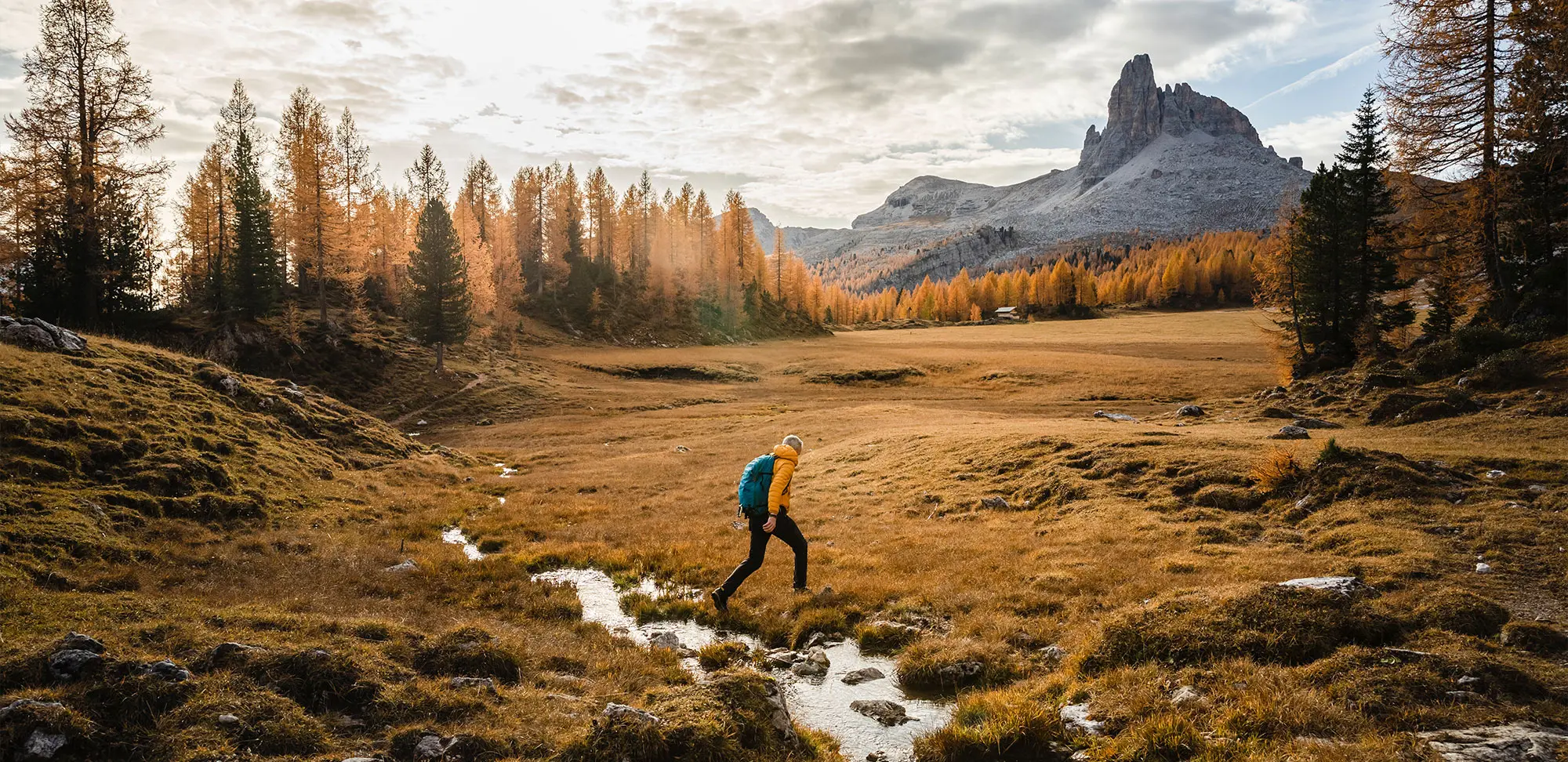Have you ever had a conversation with someone who wasn’t really listening to you? As one of the most important communication skills we have, listening to what another person is saying is foundational to building relationships and deeply understanding one another. So why do so many people struggle with it?
According to Stephen Covey, the bestselling author of the classic The 7 Habits of Highly Effective People, we tend to filter everything we hear through our individual experiences. We “listen autobiographically,” Covey writes, which shapes our responses in conversations — and it’s often not for the best.
When we listen to another person talk, Covey says, we judge what we hear and either agree or disagree. When we ask questions, they’re typically from our perspective, and we even give advice we were never asked for. We automatically analyze other people’s motives and behaviours based on our own experiences.
All to say: When we listen autobiographically — or solely from our own lived experience — we’re not really listening to what the other person has to say. So, what can we do about it?
Enter active listening
“Active listening is listening where you’re truly hearing what somebody says,” explains Ruth Greenspan, a registered social worker and sessional professor at McMaster University and Mohawk College in Hamilton, Ont. “It’s showing an interest in what they have to say. You’re not thinking ahead to what you’re going to say next; you’re really trying to understand the person and their perspective, and not make judgments, either.”
This is the key to active listening: It takes away the need to formulate an immediate response. As we listen, we focus on comprehending what’s being said, and then we reflect on it by providing feedback, attentively asking questions or bringing up details in conversation later. This shows that we’re really listening to the other person, because it’s not just about us.
Active listening is central to forming and maintaining relationships, helping us work through interpersonal conflict. The result? Our communication improves. Suzanne Witt-Foley, a mental-health first aid instructor and the owner of Making Connections for Health in Bracebridge, Ont., says that when we listen actively, we can build trust and rapport, and that’s a huge benefit.
“By using those active listening skills, the individual is going to feel [that] this person cares about me, they’re interested in me and what I have to say,” she explains. “This is a safe space where we can have these conversations and sometimes talk about difficult issues.”

The difference between hearing and listening
According to British author Richard Nelson-Jones, hearing emphasizes receiving words or sounds and interpreting their meaning, whereas listening involves actually understanding what those words mean. Listening means being aware of non-verbal cues, too, like eye contact, body language, social and cultural context, and tone of voice.
Unsurprisingly, part of active listening is being aware of what is not said. “Our body language communicates about 95 per cent of what we communicate,” Witt-Foley says. “Making sure we have that open body stance, that we’re at eye level, that we’re not standing over someone . . . and [being] very aware of facial expressions.” It’s the subtle things that send a message, showing you’re fully engaged when listening to another person, that helps them feel like they’ve been heard.
How you respond in a conversation, both verbally and non-verbally, is critical to active listening. Paraphrasing, clarifying and summarizing what the other person has said shows that you’re paying attention and reflecting on the message, which validates the speaker. Asking open-ended questions — instead of seeking answers that will result in a “Yes” or a “No” — is another way to show engagement.
How to listen better when you’re having a conversation
Listening better is about intentionally and consciously being aware in that moment, and environment plays a major role. “What are the surroundings you’re listening in?” Greenspan asks. Is the phone ringing? Is the TV on? “You know the difference if someone’s listening to you or if someone’s distracted by something else.”
It might sound easier said than done, but empathy is also key to making any sort of meaningful connection. “Try to understand what the person’s experience is like. If I was in their shoes, how would I want to be treated?” Witt-Foley says.
So, what is active listening not? “It’s not interrupting,” Witt-Foley says. “It’s about listening to understand as opposed to listening to respond. It’s not about trying to fill up those silences. The focus needs to stay on the individual you’re listening to. It’s not about me as a listener, although sometimes we get excited and want to jump in with our own story.”
When we’re not actively listening in a crucial conversation, the person we’re speaking with can pick up on that and might walk away feeling isolated, alone and as though they’re not being heard. Things like advising, rehearsing and filtering can be toxic to a conversation from the listener’s perspective.
“Advising is acting like I’m the expert and I know everything,” Greenspan says. “Rehearsing is if I’ve made points that I want to cover with you and I’m more concerned about getting that out there. With filtering, I will filter out what I think is important as opposed to giving you the opportunity to tell me what’s important.”
How to listen when someone comes to you with a problem
Empathetic listening involves paying attention to the speaker’s emotional experience by reflecting back the emotions we hear (“You sound really anxious right now”). Witt-Foley says that empathy is the “back-pocket trick” and can make the difference between a good listener and a great one.
Be open to receiving intuitive messages from the person’s voice and body language. Look for volume, word emphasis, facial expression and posture; these can indicate what the other person might be thinking or feeling. Paraphrase what they’re saying to show that you’re an engaged listener who understands, as best as possible, what’s being said. Stay away from judgments, warnings, lectures or shaming language (“Why don’t you just . . .”).
You can even practise these skills through text, email or on Zoom, according to Greenspan. “If you’re on text, [you’re] not responding that very second, but you’re taking a moment to make sure you’re finished your thought.”
We all want to feel validated
It doesn’t matter if you’re listening to your partner, kids, friends or even strangers, because they all want one thing: validation. Validation recognizes and affirms that a person’s feelings or opinions are worthwhile. To validate someone, a listener should remain present and objective while showing emotional understanding and giving the speaker permission to express themselves.
“Validation makes you realize that you’re not alone,” Greenspan says. When you validate someone in a conversation, they feel listened to, and they understand that they’re worth listening to. “You make them realize ‘I am okay to have my opinions. My opinions matter.’” As a listener, you might not completely understand the situation, but you’re open to learning and listening without judgment while fostering a supportive environment.
“Saying things like ‘If that happened to me, I’d feel angry, too’ can help put words to a person’s experiences and emotions,” Witt-Foley says. “Or ‘I can appreciate and understand why you were feeling the way you were’ can help a person feel like they’ve been heard and understood, ultimately bringing them out of their emotional brain.”
“So many people are socialized to believe they’re not worth it,” Greenspan says. “Active listening combats that. Because someone is taking the time to listen to them. And that’s it: Active listening gives someone their voice, because so many people are happy to take it away.”
Active listening is a skill. Like any skill, it requires practice — especially in an open environment. Setting boundaries is a great way to ensure that everyone can talk and listen together. Because active listening isn’t just about sitting back and taking it all in; it’s about collaboration. It’s about considering how you’d respond to what’s being said and, ultimately, walking in someone else’s shoes.
How to avoid interpersonal conflict
Whether we like it or not, managing conflict plays a significant role in our lives. More than 96 per cent of the time, the outcome of a difficult conversation can be predicted within the first three minutes. So how can you begin a conversation effectively? Here’s one way to gently open up a conflict conversation without criticizing, blaming or creating a defensive and confrontational environment. To get started, try these communication exercises from the Positive Psychology Toolkit
(positivepsychology.com).
Don’t
Begin a comment or conversation with “You always” or “You never”
Do
Begin a comment or conversation with “I feel” or “I need”
For example:
Don’t say
You never want to talk about your day.
Do say
I feel upset when we don’t reconnect after work, and I need to spend some quality time together this week.
Don’t say
You are so irresponsible with our money.
Do say
I’m quite worried about our finances and would like to save some money over the next few months. What do you think?
Don’t say
You’re so untidy — you never help with the cleaning.
Do say
I appreciate it when you tidy up the house; sometimes, I need help.











